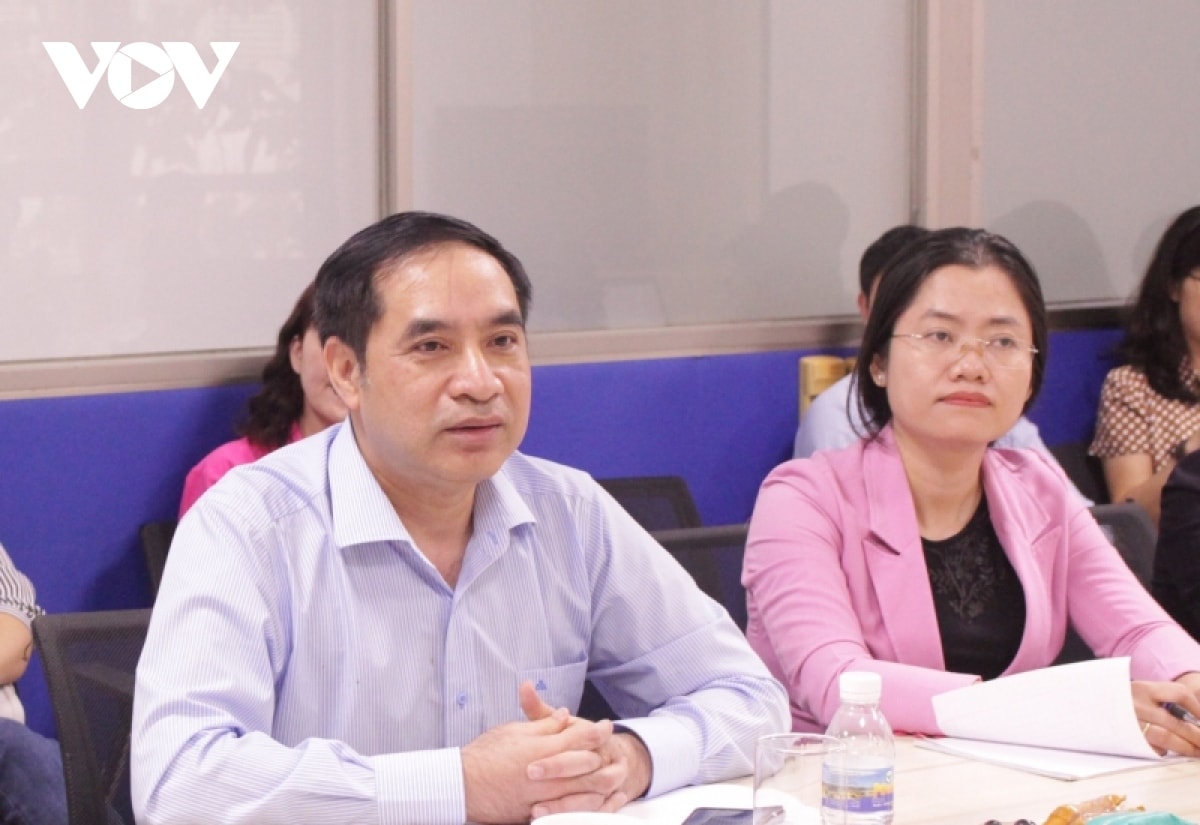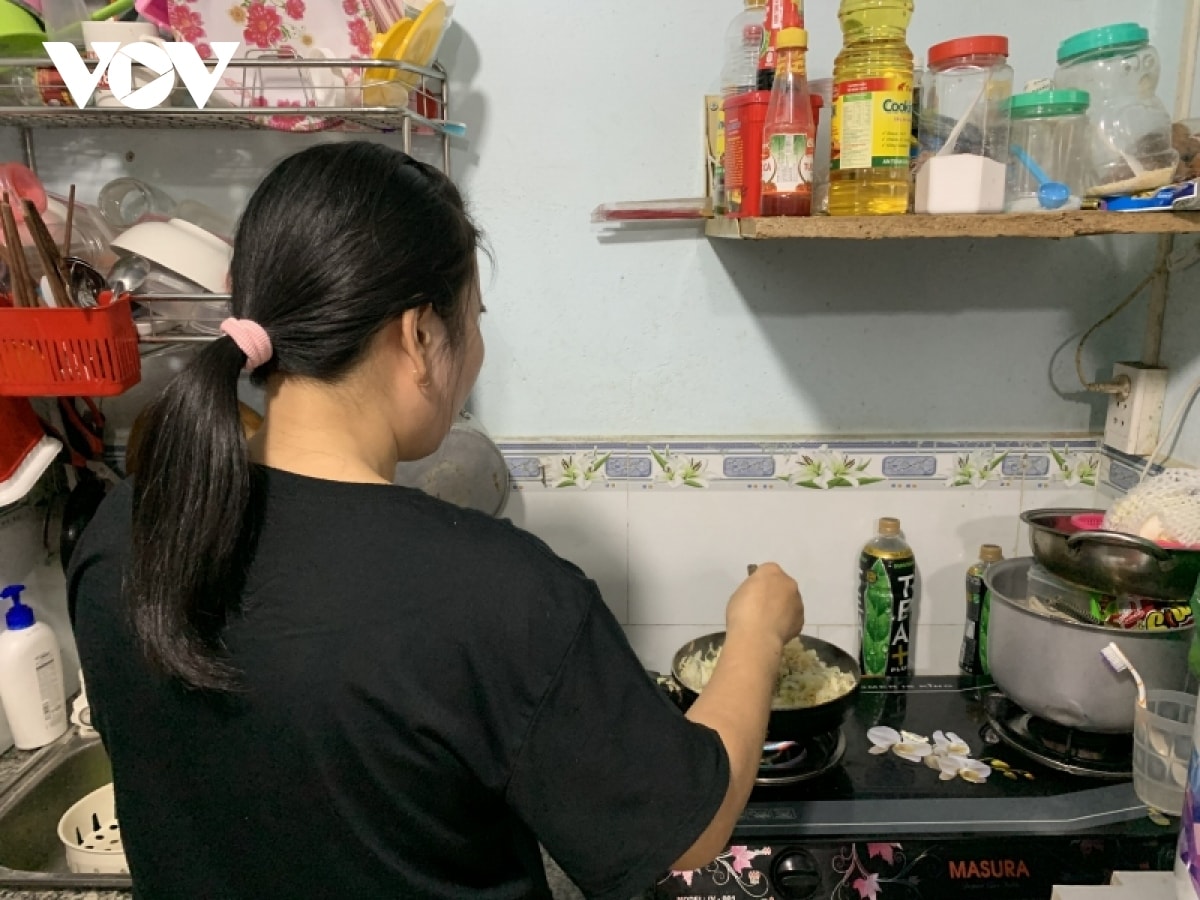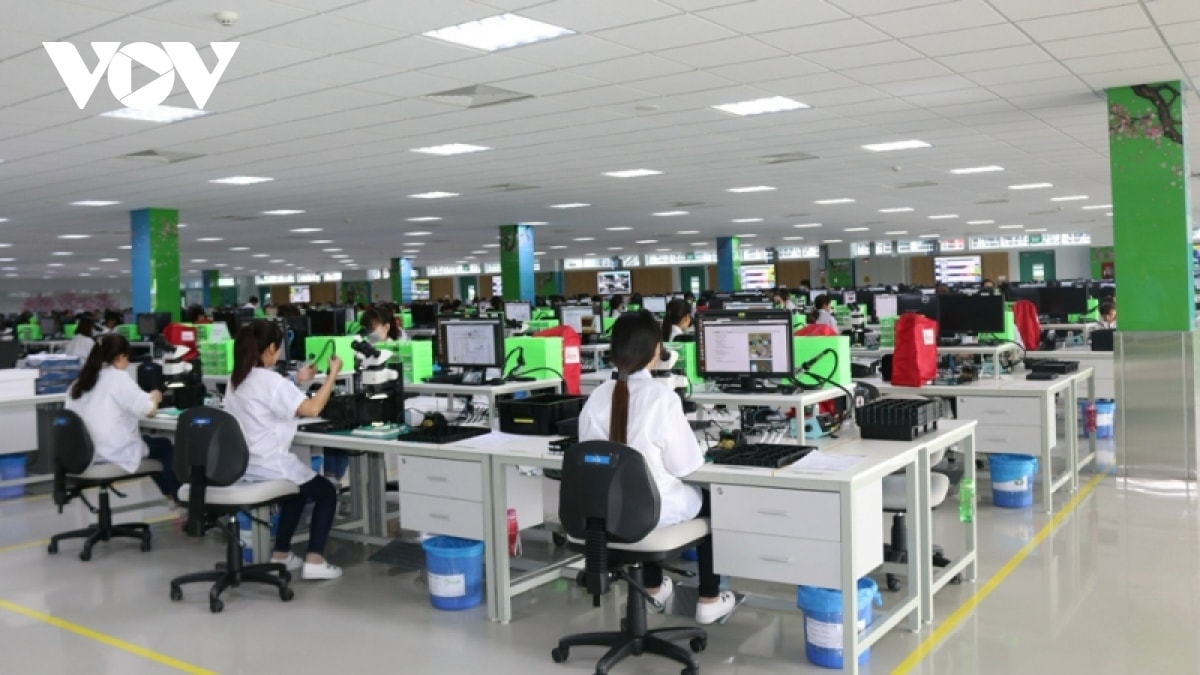Lack of labor makes it difficult for many southern provinces to attract investment.
The situation of workers leaving big cities and provinces to return to their hometowns to work and live is an inevitable trend in the context of more industrial zones in localities. However, in the long run, this will cause provinces such as Ho Chi Minh City, Binh Duong, and Dong Nai to face the problem of labor shortage.
Mr. Vu Trong Binh - Director of the Department of Employment (Ministry of Labor, War Invalids and Social Affairs) said that shifting the investment structure nationwide and the investment structure by industry and field will lead tolabor migrationSpecifically, in the future, some large cities will prioritize businesses applying technology to production, so small, labor-intensive businesses will shift their investment to newly industrialized provinces. The shift to localities will reduce labor costs and land rental prices. Labor will not only shift by region but also by industry.
“In the process of shifting investment structure in the coming time, there will be some industries where the total labor force will not decrease but the salaries of those industries will not be as attractive as other industries, so there will be a shift in labor structure, especially after the COVID-19 pandemic. This is also a good point, proving that the labor market is sustainable and developing,” Mr. Vu Trong Binh assessed.
 |
According to Mr. Vu Trong Binh, - Director of the Department of Employment - Ministry of Labor, War Invalids and Social Affairs, labor migration is an inevitable trend. Photo: Kim Dung |
However, with thebusinessLarge companies have spent money to train and coach workers from several months to a year to be able to operate modern production lines well, so workers quitting is quite a "headache" problem. Because, when there is a lack of a professional operator, the whole production line can have to temporarily stop production. This means that the company's business strategy is unstable and it will be difficult to "score points" with corporations and partners to expand production.
That fact is also the concern of the Board of Directors of Sonova Vietnam Co., Ltd., in Thuan An City, Binh Duong Province. Mr. Nguyen Minh Hai - General Director of Sonova Vietnam Co., Ltd. said that in 2022, the company had about 8% of its employees resigning with the reason of returning to their hometowns to work for factories near their homes. In the immediate future, the company must urgently train and rotate workers when necessary.
“The company implements multi-skilled training for employees. For example, a person doing one stage is rotated to another stage. Skill training for workers is carried out regularly, every day. When there are fluctuations in production leading to labor shortages in some teams or groups, we transfer them so as not to interrupt production,” said Mr. Hai.
 |
A frugal dinner of a female worker who is a single mother, consisting only of stir-fried noodles and vegetables. Photo: Kim Dung |
At this time, many businesses have few orders and have to cut down on staff. However, according to Mr. Hoang Van Thang - Director of the Ho Chi Minh City Employment Service Center, with the trend of labor migration, when the market stabilizes, there will likely be a shortage of human resources to supply businesses.
Mr. Thang said that whether to stay or go depends on the circumstances and needs of the worker, and the center always tries to provide the best support: "For workers who want to return to their hometown, the Ho Chi Minh City Employment Service Center has contacted the employment centers of Tien Giang and Long An so that they can receive information and support."
Headache with the "labor problem"
The most obvious manifestation of the "reverse" migration of labor is that every year after the Lunar New Year, most businesses do not have 100% of their employees returning to work. In particular, since the COVID-19 pandemic, the number of people returning to their hometowns and staying has increased by about 10-15%.
At the 3rd job fair in 2023 of Dong Nai province, the recruitment demand is 865 workers but only about 350 people are looking for jobs and interviewed directly. It is expected that 220 workers will be recruited in fields such as: garment, labor export, financial services... According to Dong Nai Employment Service Center, the demand for recruiting unskilled workers is high (accounting for more than 73%), but the number of workers looking for jobs is quite small and does not meet the criteria of businesses.
The situation of workers quitting their jobs is a big concern for businesses, especially for businesses that have not yet applied high technology in production.
 |
Because training workers takes a lot of time and money, Sonova Vietnam Co., Ltd. is very worried about workers quitting. Photo: Thien Ly |
Mr. Nguyen Huu Tuan - Human Resources Director of Thanh Cong Textile - Investment - Trade Joint Stock Company, Tan Binh Industrial Park (Tan Phu District, Ho Chi Minh City) commented: "Workers here have a monthly salary of 9-10 million VND, the price of living in Ho Chi Minh City is not enough to live. Furthermore, over time, they also get married and have children, if they stay in the city, there will be no one to look after their children. Childcare is also a problem, so they will move back to their hometowns. There is a serious shortage of textile workers, we are losing workers, recruitment takes place regularly".
The fact that many workers move back to their hometowns not only makes it difficult for businesses but also worries the "industrial capitals" in attracting investment. In Binh Duong, out of 1.6 million workers, more than 53% are immigrants. This is a "plus point" for the province when it has an abundant labor force, but also a challenge when labor migration occurs. Because in addition to land funds and preferential policies, human resources are also an important factor when businesses decide to invest.
Mr. Trinh Hoang Tuan Anh - Deputy Director of Binh Duong Department of Planning and Investment said that the province's orientation is to selectively attract investment, prioritizing less labor-intensive industries and fields.
“Investment reduces labor intensity, land intensity and protects the environment. Binh Duong wants to attract high-quality, trained labor and must master the production line at a high level. This is an issue that the province needs to solve in parallel between selecting investment attraction and attracting labor resources,” said Mr. Tuan Anh.
Although there is not a serious shortage at present, when the world economic situation stabilizes again, ensuring labor resources for production will pose a problem that needs a "solution" in large cities such as Ho Chi Minh City, Binh Duong, and Dong Nai./.
